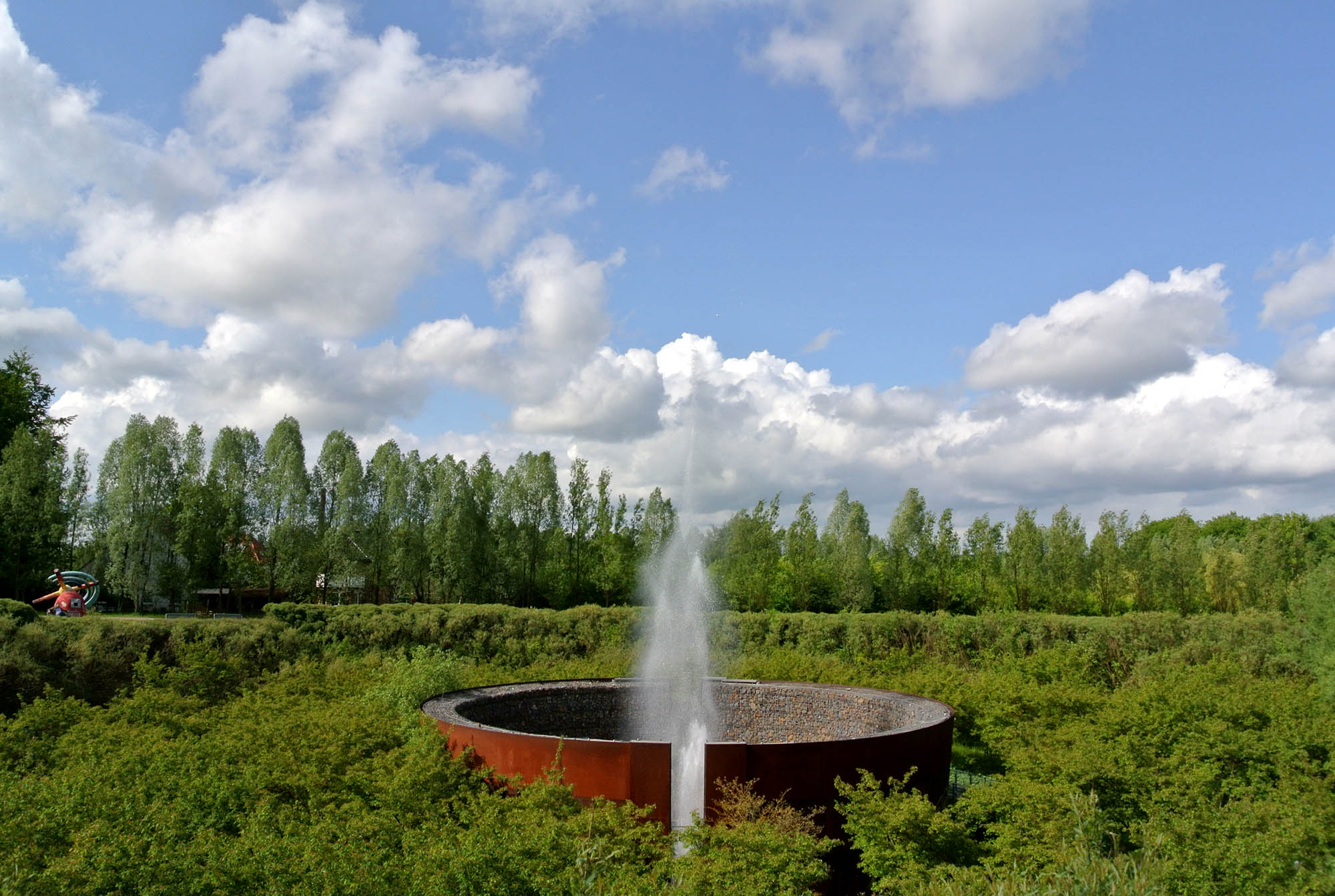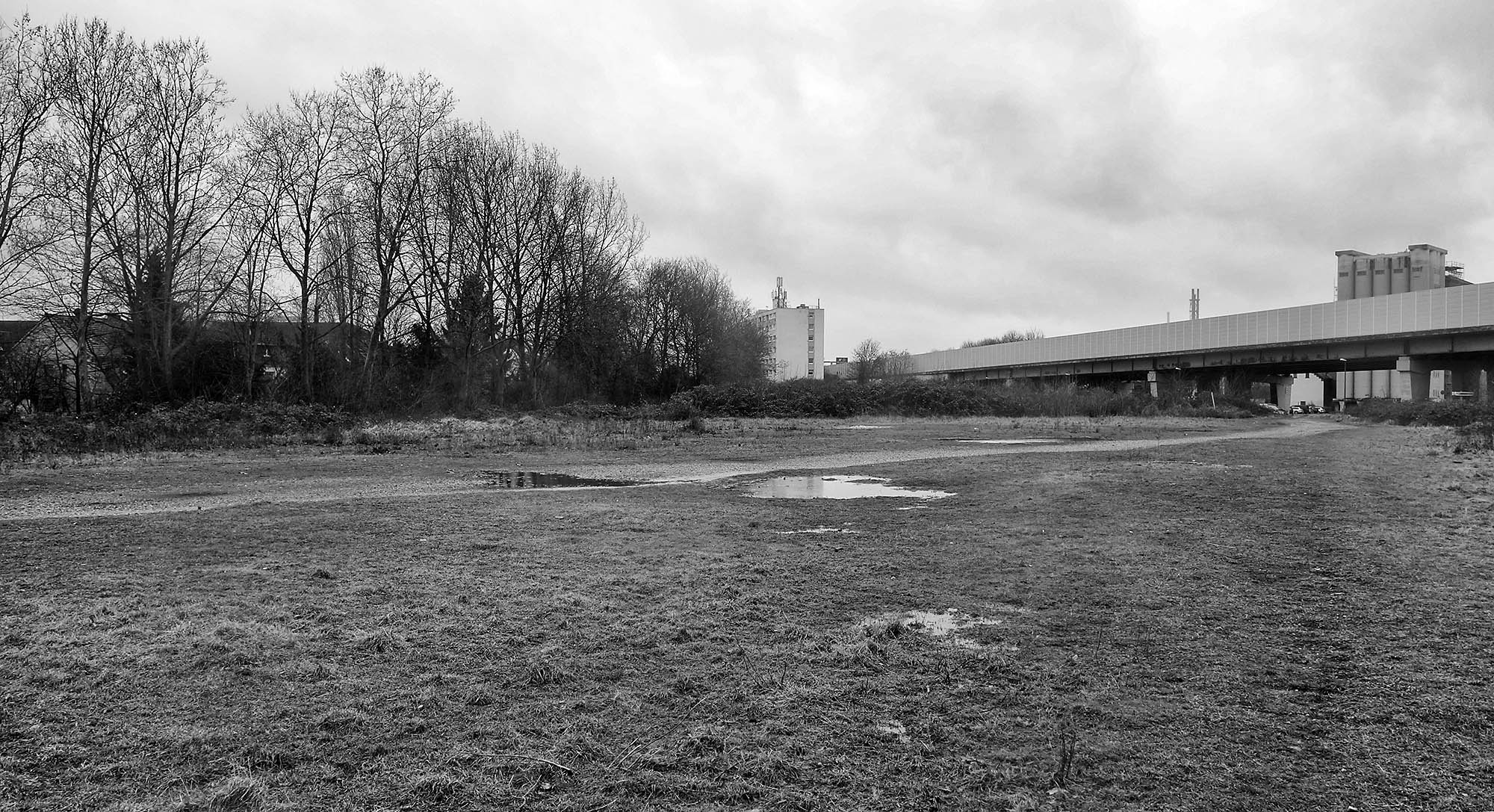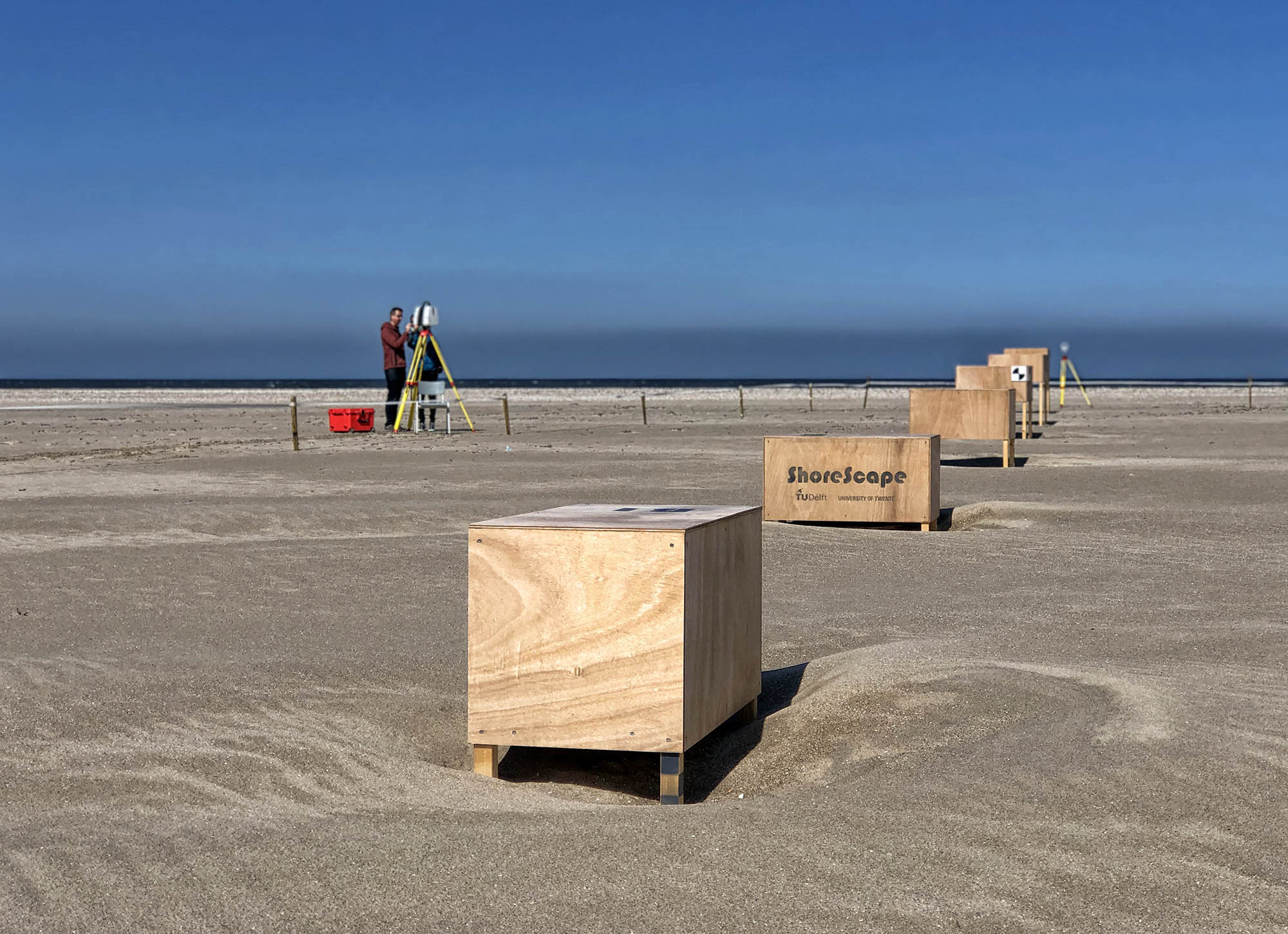Interpretation, Measurement, and Evaluation of Spatio-visual Characteristics in Landscape Design
Mapping spatio-visual characteristics is important for understanding landscape spaces and crucial for landscape design. Therefore, developing design vocabulary and mapping methods, exploiting the capabilities of modern technology, to describe and interpret spatial and visual properties help spatial designers to achieve a better understanding of landscape compositions and enhance effective communication. The objective of this study is to identify and develop spatio-visual landscape characteristics for mapping landscape spaces. Research questions include 1. How to characterize spatial and visual landscape and what are potential key indicators for mapping landscape spaces? 2. How and what tools can be used to describe spatio-visual characteristics of the landscape? 3. How to use and evaluate the mapping results into design assignments? In order to answer the above questions, literature about the spatial and visual landscape characteristics and potential mapping methods are reviewed. The Vondelpark, a well-known urban park, serves as a case study for applications and experiments. Based on the theory, fieldwork and computational analysis, different mapping methods/techniques are used to describe landscape spaces. Then, in order to show how to use the clues into practices, two to three rounds of design assignments will be organized to meet different design intentions. In the end, an expert panel will be organized to evaluate and give suggestions to improve the findings of this research. Through mapping experiments, design assignments, and expert-judgment to evaluate and validate outcomes, the research results in a framework for mapping landscape spaces consisting of a systematic overview of traditional and new spatio-visual landscape characteristics and methods/techniques acquiring them, as well as applications on the Vondelpark enabling to evaluate and showcase possibilities.
PhD-research
PhD-candidate: Mei Liu
Supervision: Prof Dirk Sijmons, Dr Steffen Nijhuis
Period: September 2015 – September 2019
Funding: Chinese Scholarship Council & TU Delft




